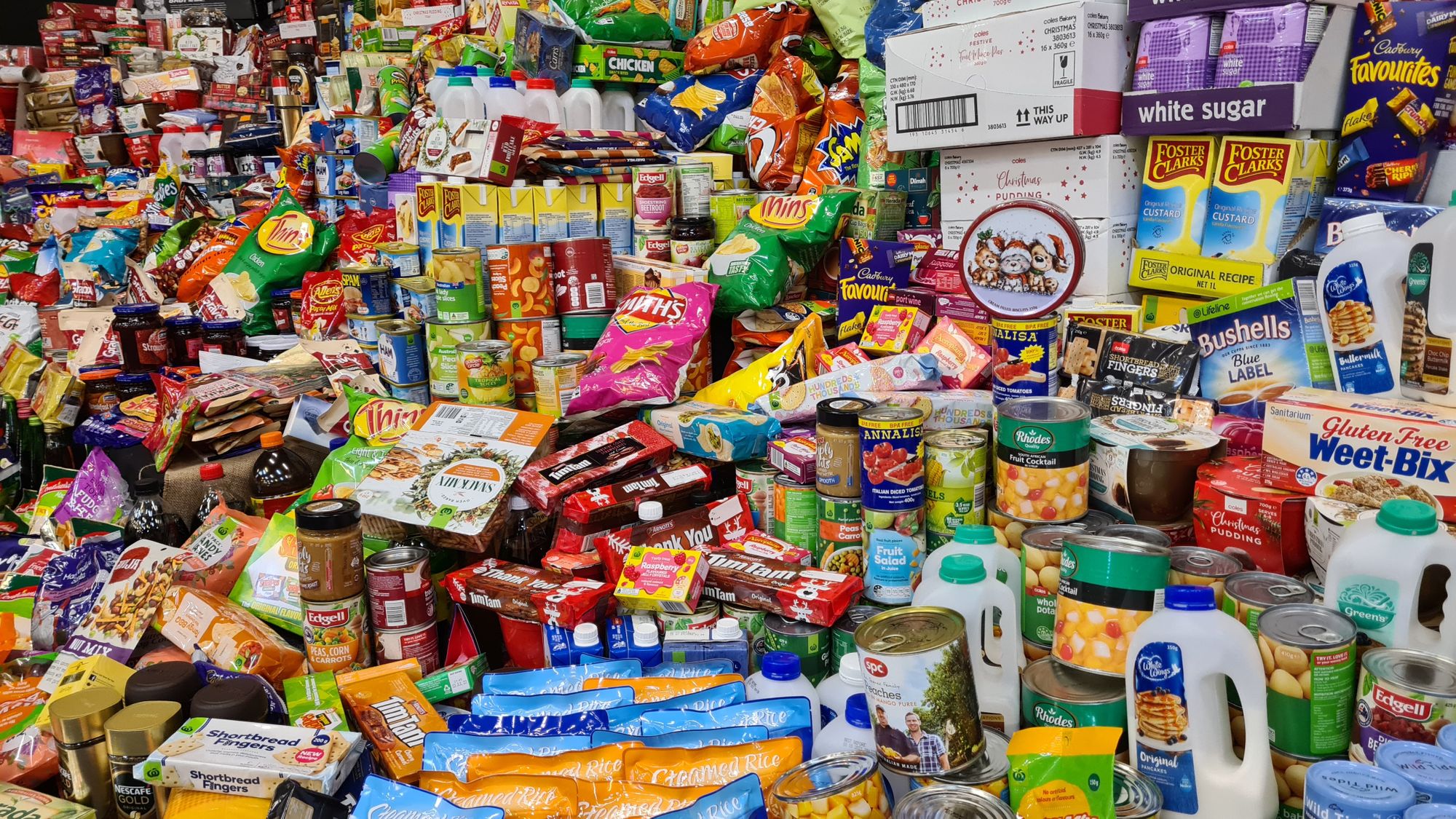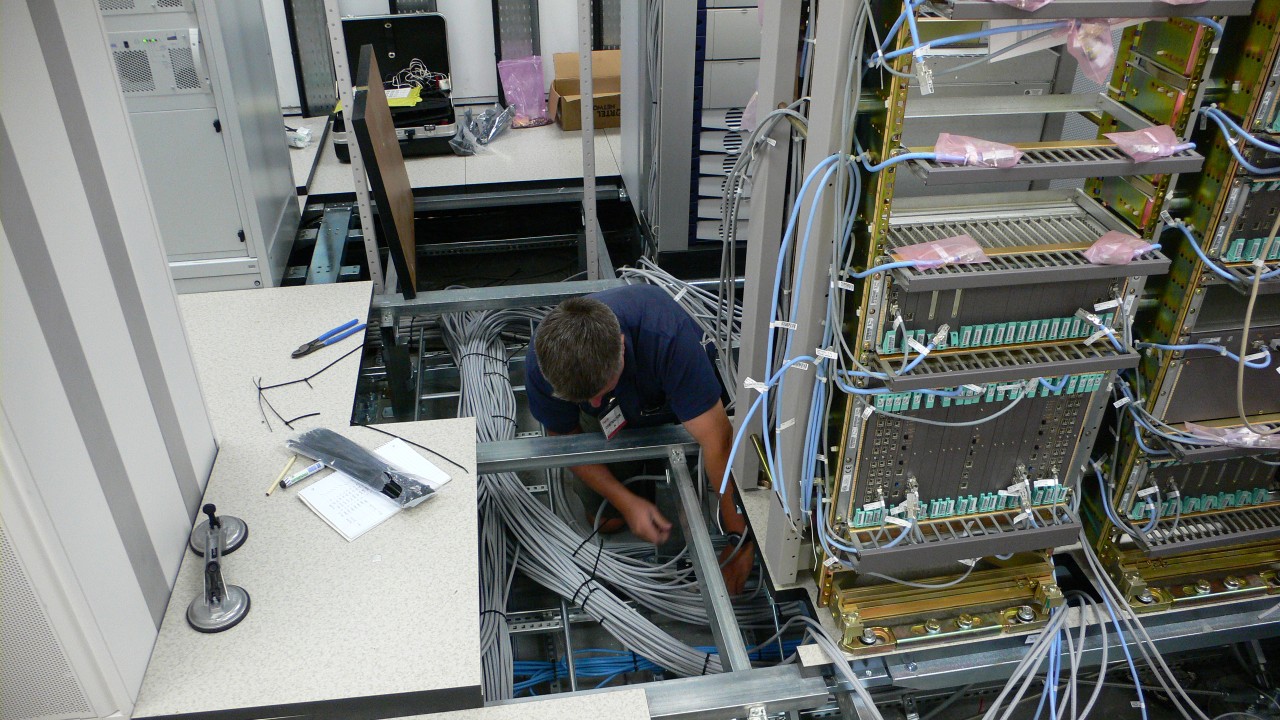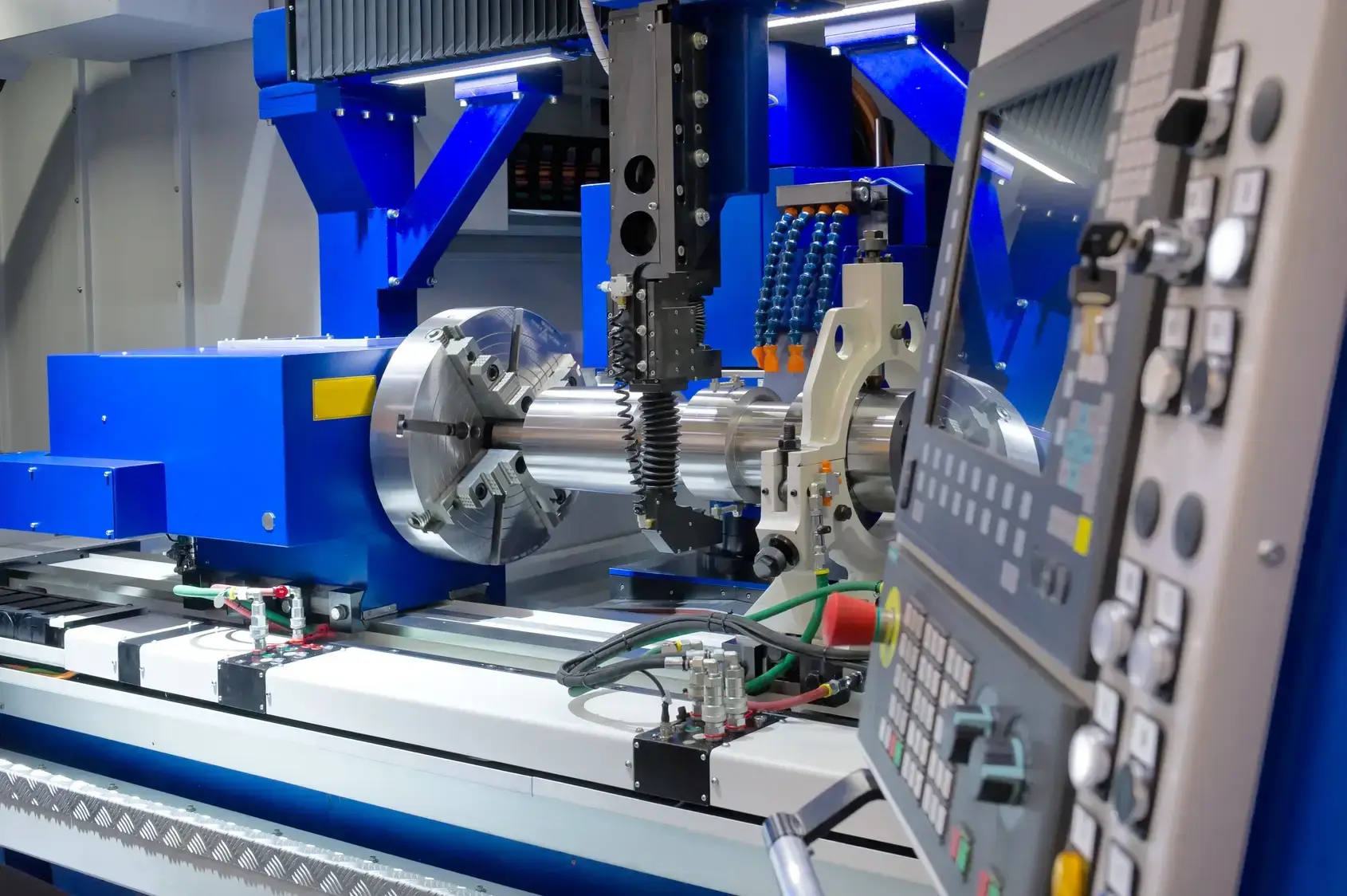Testing the potential for migration of chemicals from packaging materials during transportation
Testing the Potential for Migration of Chemicals from Packaging Materials During Transportation A Crucial Service for Businesses
In todays fast-paced and highly competitive business landscape, ensuring the safety and integrity of products during transportation is of paramount importance. One often-overlooked aspect of this process is the potential migration of chemicals from packaging materials into goods being transported. This phenomenon can have severe consequences on the quality, potency, and even the usability of the products themselves.
At Eurolab, our team understands the significance of testing for chemical migration and its far-reaching implications on businesses worldwide. As a leading laboratory service provider, we offer an exhaustive range of analytical techniques to evaluate the risk of chemical transfer from packaging materials into goods during transportation. In this article, we will delve into the importance of Testing the potential for migration of chemicals from packaging materials during transportation, highlighting the benefits and advantages of our laboratory services.
What is Chemical Migration?
Chemical migration occurs when substances present in packaging materials, such as adhesives, coatings, or additives, leach into adjacent products. This phenomenon can result from various factors, including temperature fluctuations, humidity levels, pressure changes, and exposure to light. The effects of chemical migration can be detrimental to product quality, posing significant risks to consumer health and safety.
Why is Testing for Chemical Migration Essential?
The consequences of failing to detect potential chemical migration can be catastrophic. Businesses may face costly recalls, brand damage, and even litigation due to non-compliance with regulatory standards. Moreover, the costs associated with re-testing, re-packaging, and re-distributing products affected by chemical migration can be substantial.
Advantages of Using Eurolabs Testing Services
Our laboratory services offer numerous benefits to businesses seeking to ensure the safety and integrity of their products during transportation
Compliance with Regulatory Requirements Our testing methods are designed to meet or exceed international regulatory standards, ensuring your business remains compliant with governing bodies.
Risk Mitigation By identifying potential chemical migration risks early on, you can proactively take steps to mitigate them, reducing the likelihood of costly recalls and product re-testing.
Quality Control Assurance Our analytical techniques enable you to verify the quality and consistency of your products, ensuring that they meet or exceed customer expectations.
Product Protection By detecting potential chemical migration risks, you can safeguard your products from damage and maintain their potency, effectiveness, and usability.
Key Benefits of Using Eurolabs Testing Services
Here are some key benefits of our testing services
Expertise Our team of experienced scientists is dedicated to providing accurate and reliable results, ensuring that your business receives the most comprehensive analysis possible.
State-of-the-Art Equipment We utilize cutting-edge analytical techniques and equipment to provide fast and precise test results, minimizing delays in product shipment or distribution.
Flexibility Our testing services can be tailored to meet the unique needs of your business, accommodating varying sample sizes, packaging materials, and regulatory requirements.
QA Frequently Asked Questions
Here are some frequently asked questions about our laboratory services
Q What types of products can you test for chemical migration?
A We can analyze a wide range of products, including foodstuffs, cosmetics, pharmaceuticals, and more.
Q How do I send my samples to Eurolab for testing?
A Simply contact our team to arrange sample collection or shipping procedures tailored to your business needs.
Q What is the typical turnaround time for test results?
A Our laboratory services offer fast and flexible turnarounds, with results typically available within 3-5 working days.
Conclusion
Testing the potential for migration of chemicals from packaging materials during transportation is an indispensable service for businesses seeking to ensure product quality and safety. At Eurolab, we understand the complexities and nuances associated with chemical migration and offer a comprehensive range of laboratory services designed to meet or exceed international regulatory standards.
By partnering with us, you can
Maintain compliance with governing bodies
Mitigate risks associated with chemical migration
Ensure product quality control and assurance
Protect your products from damage
Dont wait until its too late. Contact Eurolab today to learn more about our laboratory services and schedule a consultation with one of our experts.
This article is designed to be informative, engaging, and SEO-friendly, providing valuable insights into the importance of testing for chemical migration during transportation.
-
Testing the migration of substances from packaging materials into pharmaceutical products
-
Assessing the risk of chemical migration from packaging components into drug formulations
-
Simulating the migration of plasticizers, monomers, or other residual substances into the product
-
Testing the migration of inks, adhesives, and other non-packaging components into pharmaceutical products
-
Evaluating the effect of time, temperature, and humidity on migration levels in packaging materials
-
Testing for the migration of moisture or gases from packaging materials into sensitive drug products
-
Simulating the effect of migration on the stability and safety of pharmaceutical products
-
Assessing migration rates of harmful substances from packaging over long-term storage periods
-
Evaluating the safety of packaging materials based on migration study results and regulatory standards
-
Testing for migration from specific packaging materials like plastics, glass, or aluminum
-
Simulating migration scenarios under different environmental conditions (e.g., heat, light, moisture) to assess packaging performance
-
Testing for migration levels in packaging materials used for both solid and liquid pharmaceutical products
-
Assessing migration potential through accelerated testing techniques and long-term storage simulations
-
Testing migration in different pharmaceutical packaging systems, such as blister packs or bottles
-
Evaluating the effectiveness of barrier materials in preventing the migration of substances from packaging
-
Simulating the effect of migration on the shelf life and quality of pharmaceutical products
-
Assessing the migration of substances from packaging components into both active and inactive ingredients
-
Testing migration using specific regulatory methods to ensure compliance with pharmaceutical packaging standards
-
Evaluating migration under stress testing conditions like vibration, pressure, and impact during transport
-
Testing for the migration of volatile substances, including solvents and plasticizers, from packaging materials
-
Testing the migration of packaging materials in direct contact with sensitive pharmaceutical ingredients
-
Verifying packaging safety through comprehensive migration studies to meet industry regulations




